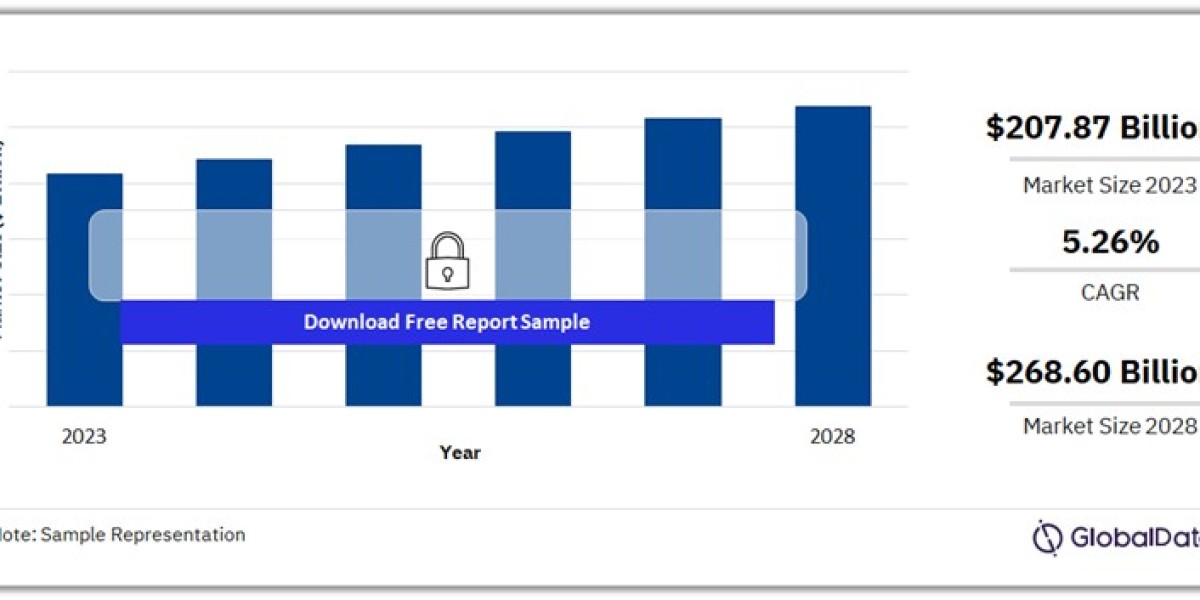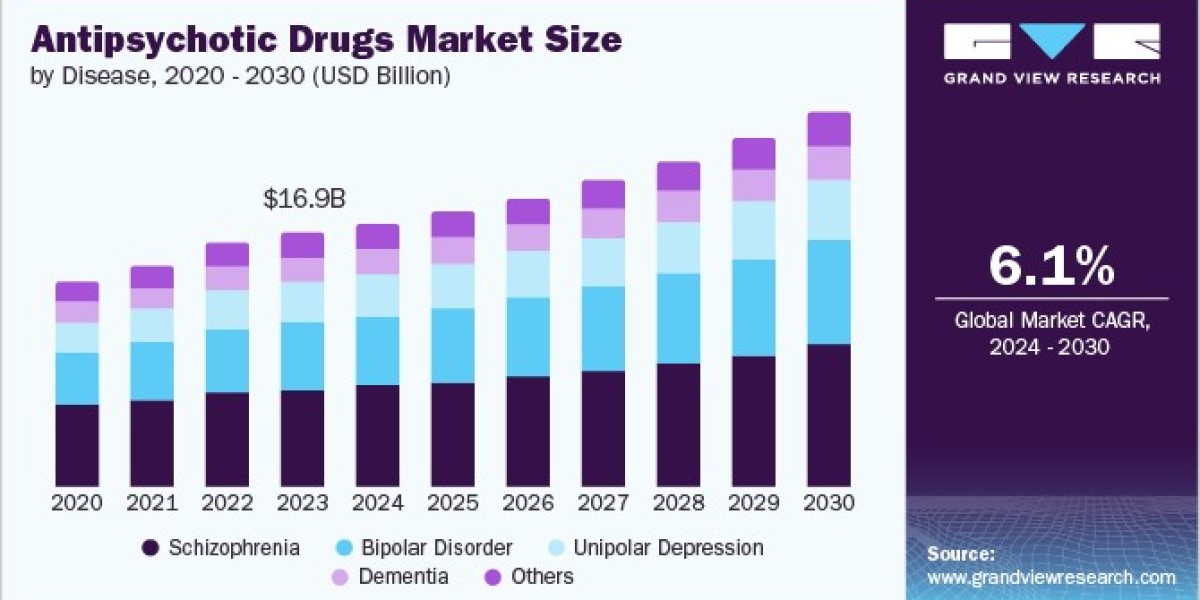As digital transformation reshapes industries worldwide, the importance of robust security technology has never been more critical. With the surge in cyberattacks, data breaches, and sophisticated threats, organizations are increasingly turning to advanced security solutions to safeguard their operations, assets, and data. From cloud security to artificial intelligence (AI)-driven threat detection, the security technology market is evolving rapidly to meet these challenges.
GlobalData’s Security Technology Market Analysis report offers a comprehensive overview of the current trends, challenges, and future opportunities in the security technology sector. In this article, we explore the driving forces behind the market’s growth and the innovations shaping the future of cybersecurity.
1. Key Trends Shaping the Security Technology Market
Several key trends are driving the rapid growth and evolution of the security technology market:
Rise of Cloud Security: As organizations shift to cloud-based infrastructures, the demand for cloud security solutions has skyrocketed. Businesses are increasingly relying on cloud environments to store sensitive data and run mission-critical applications, making cloud security essential to protect against data breaches, unauthorized access, and cyberattacks. Tools designed specifically for cloud environments—such as cloud access security brokers (CASBs) and cloud-native security platforms—are becoming a top priority.
AI and Machine Learning in Threat Detection: AI-driven security solutions are transforming the cybersecurity landscape. Machine learning algorithms can analyze vast amounts of data in real-time to detect patterns and anomalies, allowing organizations to identify potential threats before they escalate. AI-powered threat detection and response systems can automate incident response, significantly reducing the time it takes to mitigate security risks.
Zero Trust Security Model: The traditional approach of perimeter-based security is being replaced by the zero trust model, which assumes that every user, device, and application is a potential threat until verified. Zero trust architecture ensures continuous verification of users and devices, minimizing the risk of unauthorized access and lateral movement within a network. This model is particularly important in today’s hybrid work environment, where remote access and distributed workforces are common.
Growth in IoT Security: The Internet of Things (IoT) has introduced a new layer of complexity to cybersecurity. As more devices become interconnected, the attack surface expands, making IoT security a critical focus for businesses. Protecting connected devices from malware, data leaks, and unauthorized access is vital to maintaining the integrity of networks and systems. The growth of industrial IoT (IIoT) has further heightened the need for specialized security solutions in sectors like manufacturing, energy, and healthcare.
Cybersecurity-as-a-Service (CaaS): The growing adoption of CaaS models is transforming the way businesses approach cybersecurity. CaaS offers scalable, on-demand security services, allowing companies to outsource security operations to specialized providers. This model is particularly attractive to small and medium-sized enterprises (SMEs) that may not have the resources to build and maintain in-house security teams.
2. Challenges Facing the Security Technology Market
While the security technology market is growing rapidly, it faces several challenges:
Increasingly Sophisticated Cyber Threats: Cyberattacks are becoming more sophisticated, with attackers leveraging AI and automation to launch highly targeted and complex attacks. Ransomware, phishing, and supply chain attacks are on the rise, creating a continuously evolving threat landscape that requires constant innovation in security technology.
Regulatory Compliance and Data Privacy: As data privacy regulations such as GDPR and CCPA become stricter, businesses must ensure their security solutions are compliant with global standards. Failing to comply with these regulations can result in hefty fines and damage to a company’s reputation. The challenge lies in balancing robust security measures with the need to protect user privacy and data.
Skills Shortage: The cybersecurity industry is facing a significant skills gap. Many organizations struggle to find qualified professionals to manage and operate their security infrastructure. This shortage of talent can hinder the adoption of advanced security technologies, as businesses may lack the expertise needed to deploy and manage these solutions effectively.
Cost and Complexity: Implementing cutting-edge security solutions can be expensive, particularly for smaller organizations. Additionally, managing complex security environments that span on-premise, cloud, and IoT infrastructures requires significant resources. The challenge is to find cost-effective solutions that do not compromise on security.
3. Opportunities for Innovation and Growth
Despite the challenges, the security technology market presents numerous opportunities for innovation and expansion:
Automated Threat Response: The growing complexity of cyberattacks has made manual threat detection and response insufficient. Automated threat response solutions that can quickly identify and neutralize threats without human intervention are becoming essential. As AI and machine learning technologies advance, automation will play a larger role in protecting businesses from sophisticated cyberattacks.
Buy the Full Report for More Insights into the Security Market Forecast
5G and Network Security: The rollout of 5G networks will create new opportunities for innovation in network security. While 5G offers significant benefits in terms of speed and connectivity, it also introduces new security risks. Organizations will need advanced network security solutions to protect 5G-enabled devices and infrastructure from potential vulnerabilities.
Expansion of Managed Security Services: As the demand for cybersecurity expertise grows, managed security service providers (MSSPs) are expanding their offerings. MSSPs provide comprehensive security services, including threat monitoring, incident response, and vulnerability management, allowing businesses to outsource their cybersecurity operations. This is particularly beneficial for SMEs, which may lack the resources to build in-house security teams.
Blockchain for Data Security: Blockchain technology has the potential to revolutionize data security by providing a decentralized and tamper-proof method of storing and transmitting sensitive information. Blockchain-based security solutions can enhance data integrity, prevent fraud, and protect against unauthorized access. As blockchain technology matures, its applications in cybersecurity will continue to expand.
4. Future Outlook: What’s Next for Security Technology?
The future of the security technology market is shaped by several key trends:
Integration of AI and Automation: As cyber threats become more advanced, the integration of AI and automation into security solutions will be critical. AI-powered security tools will enable businesses to detect and respond to threats faster and more effectively, reducing the impact of cyberattacks.
Focus on Privacy-Enhancing Technologies (PETs): As data privacy becomes a growing concern, privacy-enhancing technologies (PETs) will play a larger role in the security landscape. These tools enable businesses to protect sensitive data while ensuring compliance with global privacy regulations.
Security for Hybrid and Remote Work: With remote and hybrid work models here to stay, organizations will need to invest in security technologies that protect distributed workforces. Solutions that offer secure remote access, endpoint protection, and real-time threat monitoring will be in high demand.
Conclusion
The security technology market is at the forefront of innovation, driven by the growing need to protect against evolving cyber threats. As organizations navigate complex IT environments and regulatory challenges, the demand for advanced security solutions will continue to rise. AI, automation, and cloud-based security tools are shaping the future of cybersecurity, offering businesses the tools they need to safeguard their operations in an increasingly digital world.
For a comprehensive analysis of the market trends, competitive landscape, and future opportunities, GlobalData’s Security Technology Market Analysis provides valuable insights for industry professionals.
Access the full report here: Security Technology Market Analysis
#CyberSecurity #AI #CloudSecurity #DataPrivacy #ZeroTrust #IoTSecurity #MarketAnalysis #CyberThreats #SecurityInnovation #Automation #5G








